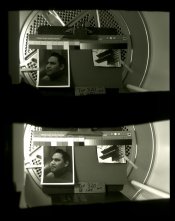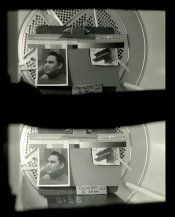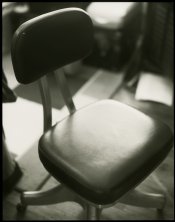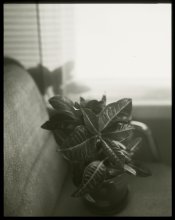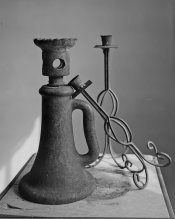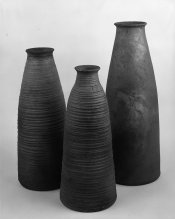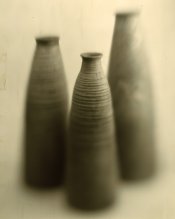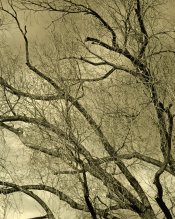Steve Roberts
Member
Hi All,
Well, I shot a second film at the weekend and reversal processed it last night. As per my earlier post, I went for broke and shot FP4 at 25ASA. I didn't bother with any bracketing (usually when I make exposure changes in the camera I either don't write down what I've done and promptly forget it or if I do write down my variations, I inevitably lose the piece of paper).
For the first developer, I decided to up the ante considerably, so that was Rodinal, 1 + 25, 20 degs C for 11 mins. Everything else was the same, except that I've invested in a new balance that reads grammes to two dp's, so hopefully more accurate. Weighing out the chemicals (0.8g KMnO4 and 11g Sodium Bisulphate) then adding the required 400cc of water for my tank seemed to work fine. As I mentioned before, I don't like having to store gallons of stock solutions. One word of warning for those who aren't familiar with Potassium Permanganate - don't wear any good clothes, as a single grain of the stuff will leave a brown blob for ever.
The results were pretty encouraging, if a little surprising. The first half of the film was taken in fairly overcast conditions, and I wasn't expecting very much from those shots. The second half was shot in bright sunshine and I was confident that those would be the better ones. It turned out to be the other way around. The overcast shots all turned out remarkably well, whilst the sunshine shots were all rather dark. i.e. underexposed. I wondered whether with the shorter exposures (typically 1/125th) of the sunny day I might be running into some kind of reciprocity issue when rating FP4 at 25ASA? (The overcast shots were typically at 1/15th to 1/30th). Alternatively, it could be that the meter of the camera I was using (Spotmatic) is on the blink and not as linear as it should be. I shall have to compare it to another. The only other slight issue was uneven development apparent in the sky areas that seems related to the perforations. Perhaps continuous agitation in the first development might solve this?
All comments and criticisms are welcome, as the results of about a third of my 30 shots are very encouraging. With colour reversal materials seemingly being chopped on a monthly basis, it could be that this technique may one day become the last stand of us slide-takers!
Best wishes,
Steve
Well, I shot a second film at the weekend and reversal processed it last night. As per my earlier post, I went for broke and shot FP4 at 25ASA. I didn't bother with any bracketing (usually when I make exposure changes in the camera I either don't write down what I've done and promptly forget it or if I do write down my variations, I inevitably lose the piece of paper).
For the first developer, I decided to up the ante considerably, so that was Rodinal, 1 + 25, 20 degs C for 11 mins. Everything else was the same, except that I've invested in a new balance that reads grammes to two dp's, so hopefully more accurate. Weighing out the chemicals (0.8g KMnO4 and 11g Sodium Bisulphate) then adding the required 400cc of water for my tank seemed to work fine. As I mentioned before, I don't like having to store gallons of stock solutions. One word of warning for those who aren't familiar with Potassium Permanganate - don't wear any good clothes, as a single grain of the stuff will leave a brown blob for ever.
The results were pretty encouraging, if a little surprising. The first half of the film was taken in fairly overcast conditions, and I wasn't expecting very much from those shots. The second half was shot in bright sunshine and I was confident that those would be the better ones. It turned out to be the other way around. The overcast shots all turned out remarkably well, whilst the sunshine shots were all rather dark. i.e. underexposed. I wondered whether with the shorter exposures (typically 1/125th) of the sunny day I might be running into some kind of reciprocity issue when rating FP4 at 25ASA? (The overcast shots were typically at 1/15th to 1/30th). Alternatively, it could be that the meter of the camera I was using (Spotmatic) is on the blink and not as linear as it should be. I shall have to compare it to another. The only other slight issue was uneven development apparent in the sky areas that seems related to the perforations. Perhaps continuous agitation in the first development might solve this?
All comments and criticisms are welcome, as the results of about a third of my 30 shots are very encouraging. With colour reversal materials seemingly being chopped on a monthly basis, it could be that this technique may one day become the last stand of us slide-takers!
Best wishes,
Steve












 It was fun.
It was fun.